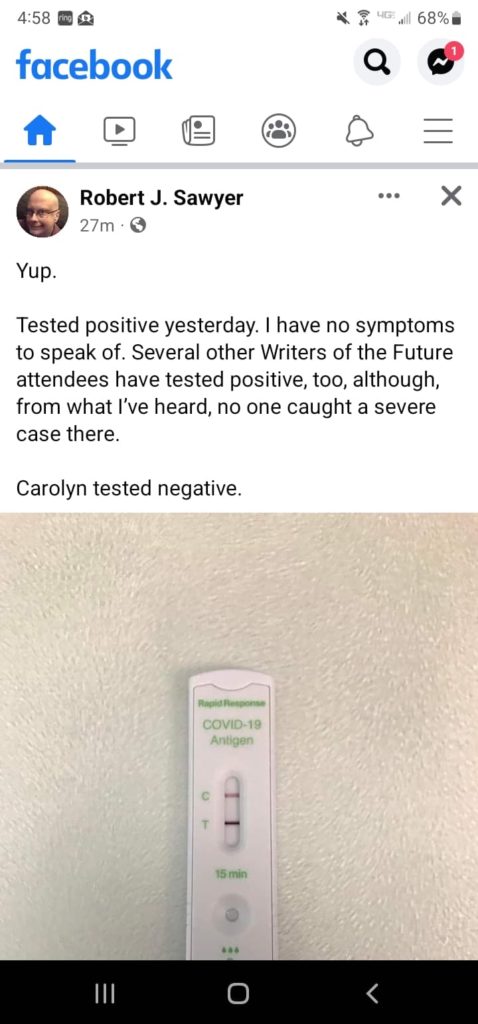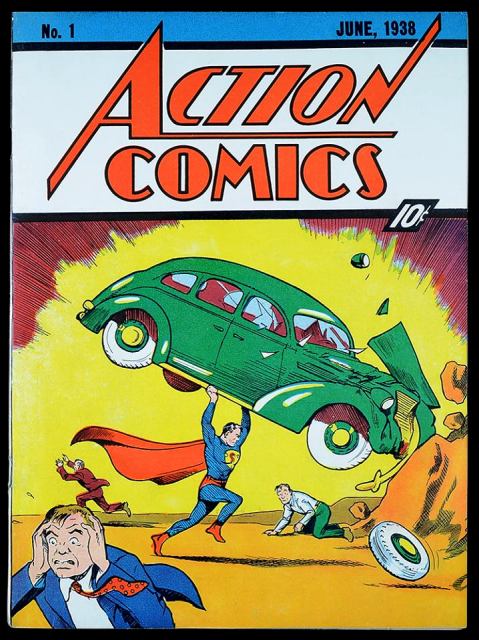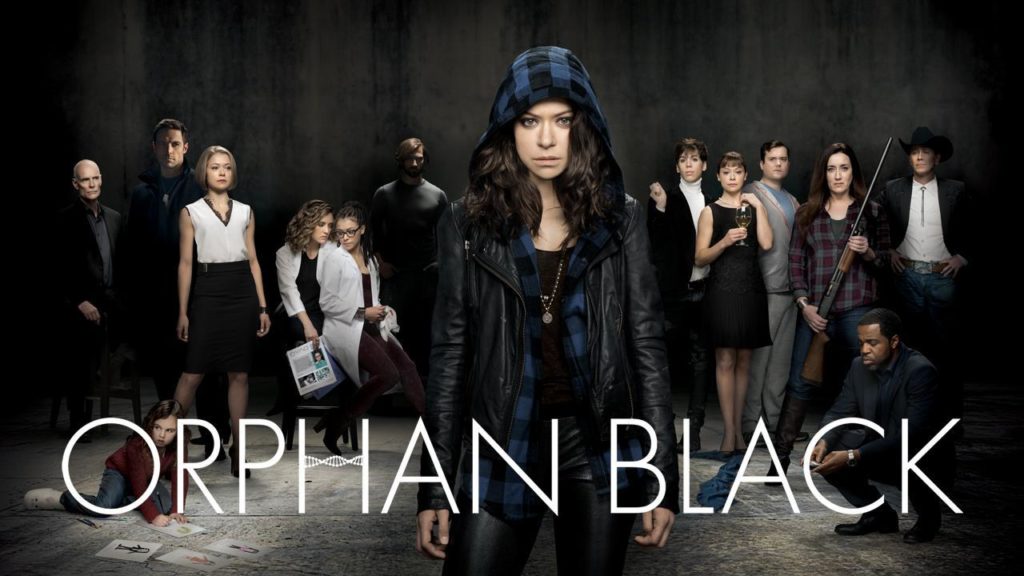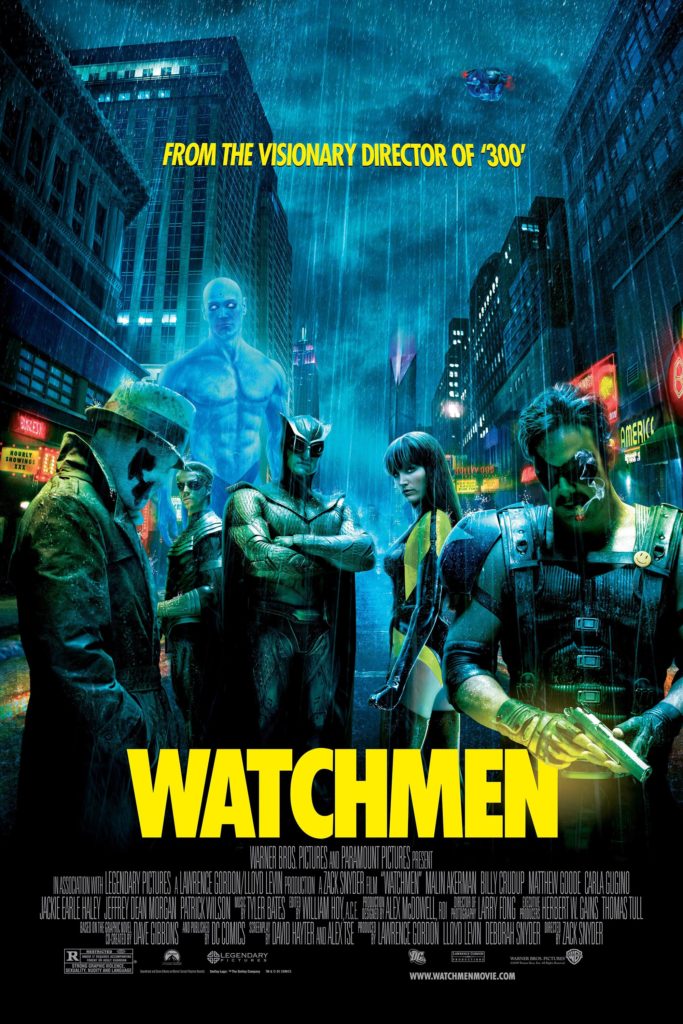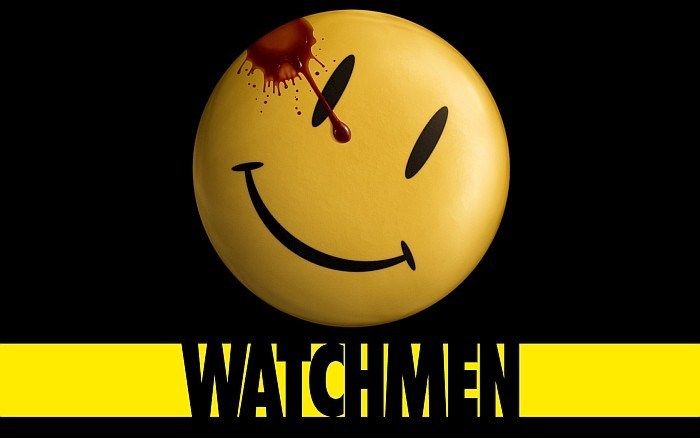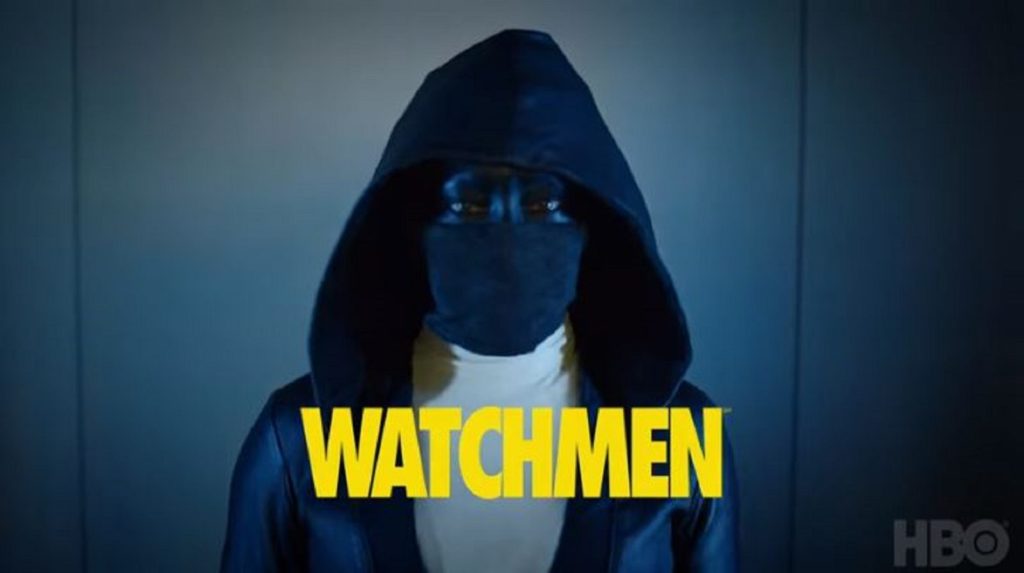(1) MICHELE LUNDGREN ARRAIGNED. Nine of the 16 Michigan Fake Trump electors were arraigned today on felony charges including Michele Lundgren, wife of sff artist Carl Lundgren. The other seven have already been in court, and all 16 now have entered not guilty pleas. CNN covered today’s proceedings: “Michigan’s fake GOP electors arraigned on state charges”.
The 16 Michigan Republicans who served as fake electors in 2020 have pleaded not guilty to the first-of-their-kind felony charges stemming from the Trump-backed election subversion plot.
Nine of the defendants were arraigned on the state charges Thursday at a virtual court hearing in Lansing. The other seven defendants already pleaded not guilty in the past few weeks.
The group of GOP activists were hit with state charges last month over their role former President Donald Trump’s seven-state plan to subvert the Electoral College and overturn the 2020 election results by supplanting lawful Democratic electors with fake Republican electors.
Each of the fake Michigan electors were charged with eight state felonies, including forgery, conspiracy to commit election law forgery, and publishing a counterfeit record. Some of their defense attorneys have already said they’ll challenge the novel prosecution and will try to get the charges dropped. The case is unfolding in Ingham County District Court.
The defendants were released on a $1,000 bond, after state judges determined that they weren’t a danger to the community and didn’t pose a flight risk. The next hearing in the case is scheduled for August 18, where prosecutors will need to show probable cause of the crimes….
Today’s arraignment was livestreamed from the judge’s courtroom, with some persons participating remotely. You can see Michele Lundgren’s appearance starting at about 43 minutes into this video.
Carl Lundgren left this comment about the charges on File 770 on August 7. (His identity was verified before it was posted.)
Hello, to all my former friends in science fiction.
I guess we forget that there are two sides to every story.
I’ve been with my wife Michele, through all of this, and I know that she did nothing wrong. (Outside of being a camera hog).
Two sets of 3 FBI Agents (One a member of the National Archives). Came to the house and spent two hours each interviewing her a couple of years ago.
They went through all of her correspondence found that she committed no crime.
The AG in Michigan has other ideas, seemingly political.
Michele has a brain condition called CAA and her mental functions are deteriorating, but I know that she did nothing wrong.
Thanks for listening, and stop believing the commie news.
(2) STRIKE’S HUNDREDTH DAY. They reached the century mark on August 9. Someone told The Hollywood Reporter “’Picketing Disney Is More Fun Than Writing a ‘Star Wars’ Movie’: Scribes Mark 100 Days of the Strike”.
…referring to the so-called “talks about talking” meeting Friday between the Alliance of Motion Picture and Television Producers and the Writers Guild executives to discuss if there was a path back to restart negotiations […the] WGA said in a briefing to members afterward that the AMPTP is offering the 11,000-member WGA the same deal that the DGA ratified on pattern issues and increases on a few writer-specific TV minimums. Scribes have since voiced their frustration with the AMPTP’s unwillingness to engage on such core issues as the minimum size of writers rooms or success-based residuals, among other topics. (The AMPTP has not commented on the meeting.)
Showrunner Damon Lindelof walked the humid picket line outside Disney in Burbank with Justin Britt-Gibson — the two were recently fired off a Star Wars movie they had been scripting for Disney-owned Lucasfilm — and shared that they both feel a new sense of resolve. “Ninety-nine days of steps under my belt and I don’t know if there’s any end in sight, but I’m feeling good, strong, convinced and unified,” said Lindelof. “Justin and I wrote a Star Wars movie together and picketing Disney is a lot more fun than writing a Star Wars movie,” said the Lost and Watchmen creator. Added Britt-Gibson: “This will not be in vain. This will be done so we have a better future for writers, for actors, for everybody out here on the line. … Strike the Empire back!”
(3) BEATLES CONSPIRACY THEORIST. Connie Willis reminded fans that August 8 is the anniversary of the day the four Beatles walked across the road at an Abbey Road zebra crossing. But was Paul actually dead? “The Abbey Road Zebra Crossing Today” at Facebook.
…Back when my daughter was in high school, she went to see a Beatles cover band and became obsessed with the Beatles. She and her friends dubbed themselves the Fab Four, and she began reading all about the Beatles. One day she came to me and said, “Did you know that there’s a rumor that Paul’s dead?”
“Are you KIDDING?” I said, incensed. “I was there when that rumor started. I helped SPREAD that rumor!”…
(4) IS THE CORPSE NO LONGER THE GUEST OF HONOR AT ITS OWN PARTY? New York Times essayist Amor Towles mourns that “Once at the center of the murder mystery, the cadaver has become increasingly incidental to the action and now figures as little more than a prop” in “The Corpse in the Library” .
…But in the golden age, the cadaver didn’t simply get things going. It maintained its position at the center of the story from the moment of its discovery until the denouement. As Hercule Poirot often pointed out, it was the psychology of the victim that was paramount. In life, was the cadaver lascivious? Unscrupulous? Greedy? To understand who had most likely monkeyed with the brakes of her car or poisoned her cup of tea, one first had to understand whom she had loved and whom she had spurned; whom she had enriched and whom she had cheated.
In the golden age, while the cadaver gave its life fairly early in the story, it could take comfort that it would remain of primary concern to the writer and reader until the book’s very last pages. This was no small consolation. As Lord Henry observed in Oscar Wilde’s “The Picture of Dorian Gray,” “There is only one thing in the world worse than being talked about, and that is not being talked about.”
BUT TIME MOVES on. In the years before World War II, a new kind of mystery, spearheaded by Dashiell Hammett and refined by Raymond Chandler, rose to prominence: the hard-boiled detective story.
Unlike the detectives of the golden age, who were often aristocratic in bearing and schooled in etiquette, the hard-boiled detectives were men who disdained artifice and favored plain speaking. They hung their hats in shabby offices, gathered information in flophouses and bars, and went home to one-bedroom apartments. Leading rugged lives, earning meager livings, prepared to expect the worst of everyone, the hard-boiled detectives were consummate professionals in the most world-weary of industries.
But when Hammett and Chandler opted to foreground the gritty, quotidian life of the detective-for-hire, one consequence was that the role of the cadaver shrank in importance. For these detectives were not hired to solve murders (that task was the purview of the police). Instead, they were hired to solve messy domestic problems….
(5) SVENGOOLIE AND JOE BOB TOGETHER. [Item by Michael Toman.] This certainly brings back a lot of Good Memories of Seeing Bad Movies. “Svengoolie and Joe Bob Briggs’ panel at Flashback Weekend ’23 pt. 1” at MeTV.
… the highlight of the event, the crown jewel of Flashback Weekend, was a panel hosted by horror legends Svengoolie and Joe Bob Briggs. Together, the hosts regaled guests with tales of TV, from their onscreen lives to their hopes for the future of horror hosts. With attendance limited to seating capacity, the intimate conversation will be fondly remembered by everyone in the room….
… Joe Bob: I’m the spokesperson for the 90th birthday of the drive-in!
Sven: I also think it’s the 90th anniversary of somebody driving off with the speaker still attached to their window.
Joe Bob: I’m sure it is! Although, at the very first drive-in, in Camden, New Jersey, in 1933, the owner, Richard Hollingshead, thought he could just put up a big screen, park the cars in front of the screen, and get the most powerful speaker he could find — some kind of military-grade, industrial speaker, and put it by the screen and just shoot it out at the cars. That was actually what they did for the first — I don’t know — at least the first year. And then they went, “Now we’re gonna have to try some other solution, this is not working with the romantic comedies.”…
(6) WEAR YOUR DUDS WITHOUT BEING A DUD. Today Scott Edelman reminded people about David Hartwell’s classic “Three Laws of Fashion”.
His Three Laws are:
1. To dress in ignorance of fashion is to dress badly.
2. To dress knowingly in fashion is to be invisible.
3. To dress knowingly in opposition to fashion is to have your own style.
(7) ON BOARD THE TARDIS. The Companions of Doctor Who, edited by David Bushman (Conversations with Mark Frost) and Ken Deep (Showrunner of L.I Doctor Who con), is coming in February 2024. Preorder here.
Gallifrey One’s Shaun Lyon wrote the article on Donna Noble. (Yay Shaun!)
The Doctor should never be alone. With companions like these, why would he? The follow up to The Villains of Doctor Who essay book is right here. Donna, Clara, Amy, Rose, Ace, Sarah Jane and more are waiting for you in this sequel book which covers a diverse group of author’s take on the ones who travel alongside of The Doctor
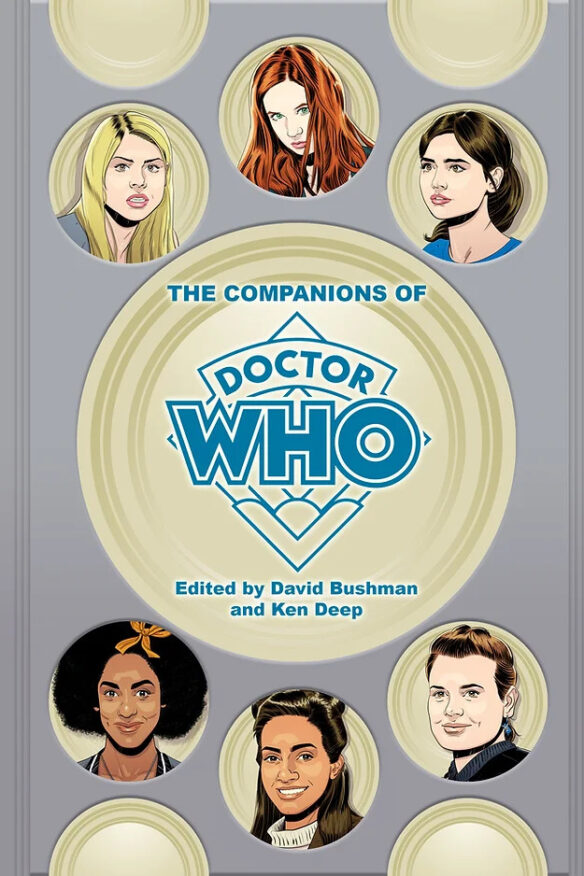
(8) TODAY’S BIRTHDAYS.
[Compiled by Cat Eldridge.]
- Born August 10, 1896 — John Gloag. His first SF novel, Tomorrow’s Yesterday, depicts a race of cat people from the distant future observing human society. It was one of five SF novels and a double handful of short stories he wrote in the Thirties and Forties. Kindle has almost all of his non-fiction. Really they do. Alas the SF no one has. (Died 1981.)
- Born August 10, 1902 — Curt Siodmak. He is known for his work in genre films for The Wolf Man and Donovan’s Brain, the latter from his own novel. ISFDB notes the latter was part of his Dr. Patrick Cory series, and he wrote quite a few other genre novels as well. Donovan’s Brain and a very few other works are available from the usual suspects. (Died 2000.)
- Born August 10, 1903 — Ward Moore. Author of Bring the Jubilee which everyone knows and several novels more that I’m fairly sure almost no one knows. More interestingly to me was that he was a keen writer of recipes as ISFDB documents four of his appeared in Anne McCaffrey’s Cooking Out of This World. Kidneys anyone? Or tripe anyone? (Shudder.) (Died 1978.)
- Born August 10, 1932 — Alexis A. Gilliland, 92. He won the John W. Campbell Award for Best New Writer in 1982, edging out Brin and Swanwick for the honor. Gilliland also won four Hugo Awards for Best Fan Artist in the early Eighties and won the Tucker Award for Excellence in Partying in the late Eighties. What the Hell is that? He’s got two series, Rosinante and Wizenbeak.
- Born August 10, 1944 — Barbara Erskine, 79. I’m including her because I’ve got a bit of a mystery. ISFDB lists her as writing over a dozen genre novels and her wiki page says she has a fascination with the supernatural but neither indicates what manner of genre fiction she wrote. I’m guessing romance or gothic tinged with the supernatural based on the covers but that’s just a guess. What do y’all know about her?
- Born August 10, 1952 — David C. Smith, 71. He is best known for his fantasy novels, particularly those co-authored with Richard L. Tierney, featuring characters created by Robert E. Howard, most notably the six novels which involved Red Sonja. Those novels are available on iBooks but not on Kindle.
- Born August 10, 1955 — Eddie Campbell, 68. Best known as the illustrator and publisher of From Hell (written by Alan Moore), and Bacchus, a series about the few Greek gods who have made it to our time. Though not genre, I highly recommend The Black Diamond Detective Agency which he did. It’s an adaptation of a most likely never to be made screenplay by C. Gaby Mitchell.
- Born August 10, 1955 — Tom Kidd, 68. Genre illustrator, he’s won an impressive seven Chelsey Awards. Though he didn’t win a Hugo for Best Professional Artist, he was nominated at Aussiecon Two, Nolacon, Conspiracy ‘87 and ConFiction. Since I’m fond of this Poul Anderson series, I’m giving you his cover for Maurai & Kith.
(9) FANDOMS – SF/F AND BEYOND. [Item by SF Concatenation’s Jonathan Cowie.] This week’s BBC Radio 4 edition of Word of Mouth discusses fandoms writ large. It looks at things like fan fic – its origins seem close to Sherlock Holmes over a century ago – cosplay, cons etc. “Fandom”.
You can download the 28-minute episode here and you do not have to have a BBC Sounds account to download.
(10) MAKE YOUR PITCH. “’Stray Gods: The Roleplaying Musical’ lets players perform an interactive Broadway show” on WBUR. The audio recording of the 8-minute news item can he heard at the link.
Video games stories often shift and splinter based on a player’s unique actions.
But “Stray Gods: The Roleplaying Musical” goes a step further: Not only does it present branching paths through an urban fantasy, but it’s also bursting with interactive music.
Unlike other games that focus on shooting, spells or swordplay, “Stray Gods” is all about singing. Forced to clear her name after being accused of murder, protagonist Grace has to use her newfound powers as a muse to investigate the game’s modern-day Greek gods, swapping styles depending on the player’s approach. You can sing compassionately in one verse then get angrier in the next. Each choice will solicit divergent reactions and progress the story differently.
“I would say it’s hundreds or maybe thousands of really noticeably discrete versions, and then it gets into the millions once you start getting into the more subtle variations of this instrument versus that instrument,” says “Stray Gods” composer Austin Wintory…
(11) MARK YOUR CALENDAR. “Star Wars: Ahsoka Streaming Schedule Released”. Here is the essence of Comicbook.com’s post:
…According to the official Star Wars social media accounts, Ahsoka will be released every Wednesday, starting with two episodes on August 23rd. The series will feature eight episodes and span seven weeks into October. You can check out the full schedule announcement below.
(12) PROMISES, PROMISES. Abigail Nussbaum reviews “The Saint of Bright Doors by Vajra Chandrasekera” at Asking the Wrong Questions.
“The moment Fetter is born, Mother-of-Glory pins his shadow to the earth with a large brass nail and tears it from him. This is his first memory, the seed of many hours of therapy to come.” So begins Vajra Chandrasekera’s remarkable debut novel The Saint of Bright Doors. It’s a good beginning, full of promise. The shock of that sudden violence. The strangeness of the fantastical act. The lurch towards modernity right at the end. It is also, however, an opening whose promises—including one that we are not even aware is being made—the novel will spend most of its length breaking…
(13) THE MARTIAN SKY’S THE LIMIT. Gizmodo draws our attention to the good news on Mars: “NASA’s Mars Helicopter Resumes Flights After Untimely Landing”.
NASA’s Ingenuity helicopter has had a rough few months, first losing communication with its home planet and later suffering a glitch that interrupted its flight. But you can’t keep a good chopper down. Ingenuity soared above the Martian terrain once again as its team on Earth tries to figure out what went wrong with its previous flight.
The Mars helicopter briefly flew for a 25-second hop on August 3, logging in its 54th flight above the planet’s surface to provide data that could help determine why its 53rd flight ended prematurely, NASA revealed this week….
The space agency has full details: “NASA’s Ingenuity Mars Helicopter Flies Again”.
Flight 53 was planned as a 136-second scouting flight dedicated to collecting imagery of the planet’s surface for the Perseverance Mars rover science team. The complicated flight profile included flying north 666 feet (203 meters) at an altitude of 16 feet (5 meters) and a speed of 5.6 mph (2.5 meters per second), then descending vertically to 8 feet (2.5 meters), where it would hover and obtain imagery of a rocky outcrop. Ingenuity would then climb straight up to 33 feet (10 meters) to allow its hazard divert system to initiate before descending vertically to touch down.
Instead, the helicopter executed the first half of its autonomous journey, flying north at an altitude of 16 feet (5 meters) for 466 feet (142 meters). Then a flight-contingency program was triggered, and Ingenuity automatically landed. The total flight time was 74 seconds.
“Since the very first flight we have included a program called ‘LAND_NOW’ that was designed to put the helicopter on the surface as soon as possible if any one of a few dozen off-nominal scenarios was encountered,” said Teddy Tzanetos, team lead emeritus for Ingenuity at NASA’s Jet Propulsion Laboratory in Southern California…
The Ingenuity team is confident that the early landing was triggered when image frames from the helicopter’s navigation camera didn’t sync up as expected with data from the rotorcraft’s inertial measurement unit. The unit measures Ingenuity’s acceleration and rotational rates – data that makes it possible to estimate where the helicopter is, how fast it is moving, and how it is oriented in space. This was not the first occasion on which image frames were dropped by the helicopter’s Navcam during a flight. Back on May 22, 2021, multiple image frames were dropped, resulting in excessive pitching and rolling near the end of Flight 6.
After Flight 6, the team updated the flight software to help mitigate the impact of dropped images, and the fix worked well for the subsequent 46 flights. However, on Flight 53 the quantity of dropped navigation images exceeded what the software patch allows.
“While we hoped to never trigger a LAND_NOW, this flight is a valuable case study that will benefit future aircraft operating on other worlds,” said Tzanetos. “The team is working to better understand what occurred in Flight 53, and with Flight 54’s success we’re confident that our baby is ready to keep soaring ahead on Mars.”
[Thanks to SF Concatenation’s Jonathan Cowie, Mike Kennedy, Andrew Porter, John King Tarpinian, Chris Barkley, Michael Toman, and Cat Eldridge for some of these stories. Title credit belongs to File 770 contributing editor of the day OGH.]

